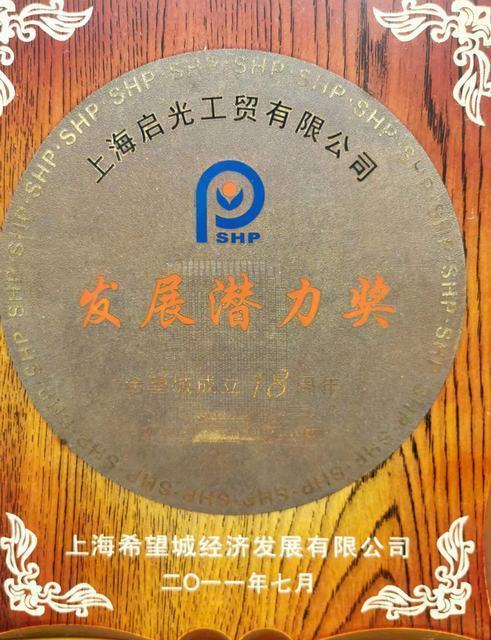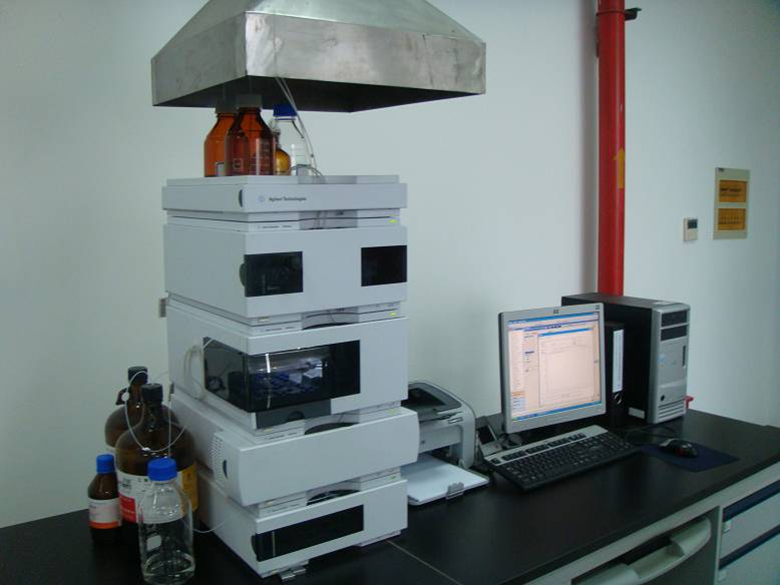Localization of propylene trimerization and tetramerization: breaking through catalyst selectivity
Propylene tri- and tetramer is an important chemical raw material. At present, the more mature propylene zwitterionic catalysts mainly include three kinds: solid phosphoric acid catalysts, solid acid catalysts and homogeneous catalysts.
Solid Phosphoric Acid Catalysts: Low Zwitterion Selectivity

Solid phosphate catalysts are generally made of diatomaceous earth, aluminum silicate or silica sol as the carrier, and loaded with a certain amount of phosphoric acid through blending or impregnation method, and then calcined at high temperature to obtain solid phosphate catalysts with a certain amount of acid. The reaction mechanism of these catalysts is that the propylene feedstock is firstly cracked under the action of acid to generate positive carbon ions, and then the monomolecule combines with the positive carbon ions to realize the chain growth, and then the chain termination is completed by proton transfer.
Solid phosphoric acid catalyst (SPAC) plays a dominant role in the polymerization of propylene, and the commonly used phosphates are Cu, Ni, Ca and ammonium salts. The activity of SPAC comes from the free phosphoric acid released by the slow hydrolysis of the catalyst during operation, and the size of the P2O5/H2O ratio (PWR) on the surface of the catalyst affects the rate of hydrolysis of the catalyst and the concentration of the free phosphoric acid produced by the hydrolysis, FPA. FPA is the key factor affecting the activity and lifetime of solid phosphoric acid catalysts. With small PWR, the hydrolysis rate is fast and the equilibrium FPA concentration is large, which results in a high activity but a rapid increase in the pressure drop in the reactor bed and a rapid sludging failure of the catalyst. On the other hand, if the FPA concentration is small, although it can reduce the hydrolysis rate and ease the pressure drop and sludging tendency, but the activity is low, and may even be inactivated due to the loss of surface of the catalyst, so the water content of the reactor feed must be adjusted according to the change of reaction conditions.
Solid phosphate catalytic process using phosphoric acid – diatomaceous earth or phosphoric acid – silica gel as catalyst, despite the high surface activity of the catalyst, the process is reasonable, but the three polymer, tetrapolymer above the selectivity is low, the use of short-life, in the reaction process should be strictly controlled by the amount of water injected into the catalyst, or else the catalyst is prone to sludging, clumping and so on. The solid phosphoric acid/diatomaceous earth catalyst developed by U.S. Universal Oil Products (UOP) in the 30’s has been widely used, but it has the problems of low mechanical strength, easy to sludge and agglomerate, and regeneration difficulties, etc. Phosphate catalysts with activity, selectivity and strength are all high and have a long service life is the direction.
Optimize the process to improve the selectivity
Propylene zwitterionic process of cracking to generate low-carbon olefin re-addition of non-zwitterionic products is a low-value by-products, the main factors affecting the selectivity of non-zwitterionic products is the reaction temperature and contact time, with the rise of reaction temperature and the extension of the contact time, the tendency to increase the zwitterionic cleavage of cracked products re-addition of non-zwitterionic products generated by the cracked products. The selectivity of propylene trimer decreases with the increase of reaction temperature, the selectivity of tetramer increases with the increase of reaction temperature, the selectivity of propylene trimer decreases with the increase of contact time, while the selectivity of tetramer increases with the increase of contact time.
In order to obtain high zwitterionic selectivity, lower reaction temperatures and higher air velocities should be used as much as possible in the propylene zwitterionization process to maintain a moderately low one-way conversion of propylene. Nickel-loaded catalysts, such as NiSO4/γ-A12 O3, were used as catalysts, which showed good low-temperature catalytic activity and stability in the propylene zwitterionization reaction. By changing the process reaction conditions, the low-temperature-high-temperature two-stage reaction method of connecting two fixed-bed reactors in series, one stage of the reaction is to utilize the good low-temperature catalytic activity of NiSO4/γ-A12 O3 catalysts to synthesize propylene dimer with high selectivity, and the second stage of the reaction is to transform propylene dimer into tetramer and hexamer of propylene with high selectivity again at a higher temperature. In this way, the non-selective zwitterionic reaction that usually occurs on solid acid catalysts is transformed into a directional zwitterionic reaction with a certain degree of selectivity, and long-chain olefins such as dodecene and octadecene are synthesized in high yields, and a small amount of nonene is generated at the same time.
Difficulty of solid acid catalyst in selectivity
Solid acid catalysts have better activity in the polymerization of low carbon olefins for the preparation of high value-added high carbon olefin products, among which zeolite molecular sieves have the advantages of environmental friendliness, renewability and adjustability of product composition. The uniqueness of molecular sieve catalysts for catalyzing the propylene zwitterionic reaction lies in their regular pore structure, which has a strong screening ability for olefin molecules. The reaction temperature and pressure of molecular sieve catalysts for catalyzing the propylene zwitterionic reaction are high, and the reaction temperature, reaction pressure, the type of molecular sieve, the silica-aluminum ratio, and the type of the loaded metal cations have an effect on the reaction. By proper control of these factors, different product distributions can be obtained, which is an important means for molecular tailoring of the zwitterion. Due to the strong adsorption property of the molecular sieve and the uniform distribution of the active center, it can induce the propylene molecules adsorbed on the surface of the molecular sieve to react rapidly.

